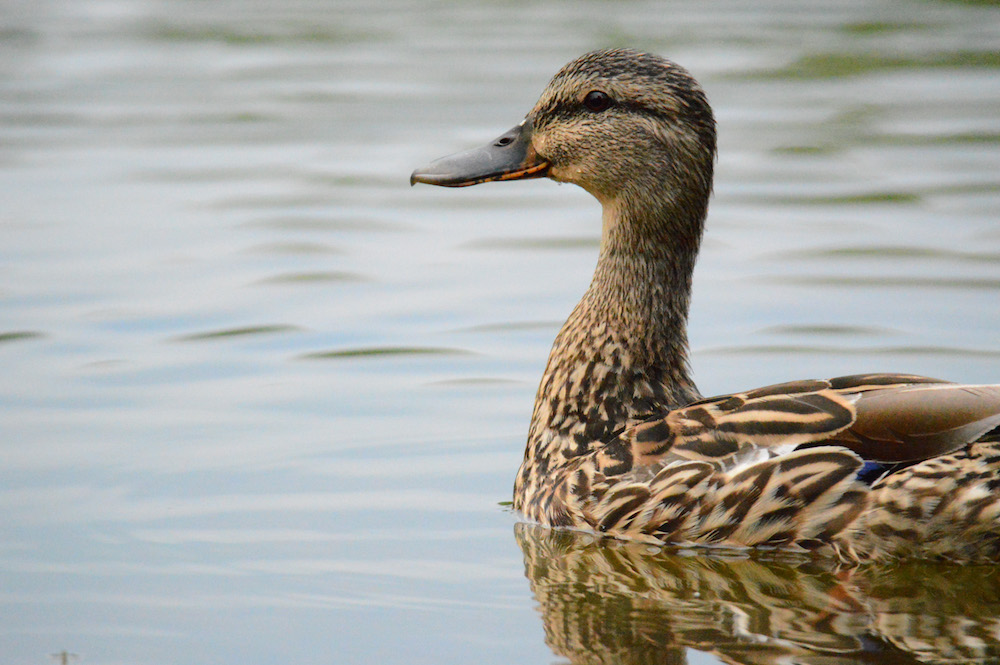Advertisement
When all goes right during a field shoot for mallards, the incoming birds lock up, with their breasts forward and reddish orange feet extended for landing. At such times it’s nearly impossible to miss, and a load of rice would be more than ample. But ducks can and do present some very challenging shooting opportunities, especially when they’re hunted over water. And if you can’t knock them down, perfect decoy spreads and effective blinds mean little. Admittedly, I continue to miss my share of gimmes, but I’ve also learned a few simple strategies to help put more birds in the game bag.
1. Go Headhunting
Always shoot for the duck’s head. As obvious as it sounds, focusing on the head helps show you the direction in which the bird is flying. This is particularly important when the duck is either quartering away or quartering in. In both cases, there’s a tendency to shoot as though the bird is flying straight away or straight in, meaning you’re likely to underlead it. Tricky angles aside, underleading is already a common problem for hunters. That’s because the movement of the wings tends to distract you, increasing the likelihood of shooting behind the bird. The solution is to ignore the wings and fixate on the head instead.
Advertisement
2. Stay On the Stock
The problem of shooting over birds—by not getting your head down fully on the stock—is much more common than you might think. It’s especially bad on crossing birds that appear from the side of your body you shoot from. That’s because the shotgun can create a slight blind spot—particularly if you don’t mount your gun smoothly—forcing you to lift your head to better see the approaching birds. The solution is to practise mounting and swinging your shotgun in both directions, all the while keeping your head tight to the stock, until it becomes second nature.
3. Establish a Lead
When it comes to leading a bird, we know intuitively to aim ahead of it if we hope to hit it. To do this properly, there are three accepted methods. First is snap shooting, which involves firing at a spot in the air where you think the bird will be when the shot string arrives. This technique is quick-almost instinctive-but difficult to replicate effectively. That means a lot of practice is needed to master it.
Next is a sustained lead, which involves getting your barrel out in front of the bird a specific distance (often expressed in terms of feet or bird lengths). Once you’re confident that you have the correct lead, you hit the switch while maintaining your swing. This is the most popular method among experienced duck hunters.
Advertisement
The third approach is the pull through, whereby you start your swing behind the bird and accelerate through it, firing as the barrel passes ahead of the target. The quicker the swing, the less lead that is required. This strategy is most effective when shooting birds at unusual angles, as the bird’s speed dictates your swing speed.
In practice, few experienced hunters employ just one of these methods. More often, they opt for one based on the situation at hand, almost without thinking. For inexperienced hunters, meanwhile, there’s no better substitute for time spent on the range shooting trap, skeet and sporting clays to learn, practise and understand the applicability of each method, and to determine which approach they prefer.
And, at the end of the day, that should mean bagging more of those gimmes.
4. Open Up
There are few practical applications for a full choke in today’s duck hunting, so don’t be afraid to open up your choke a step or two. In fact, most situations involving decoying birds are best suited to an improved cylinder.

